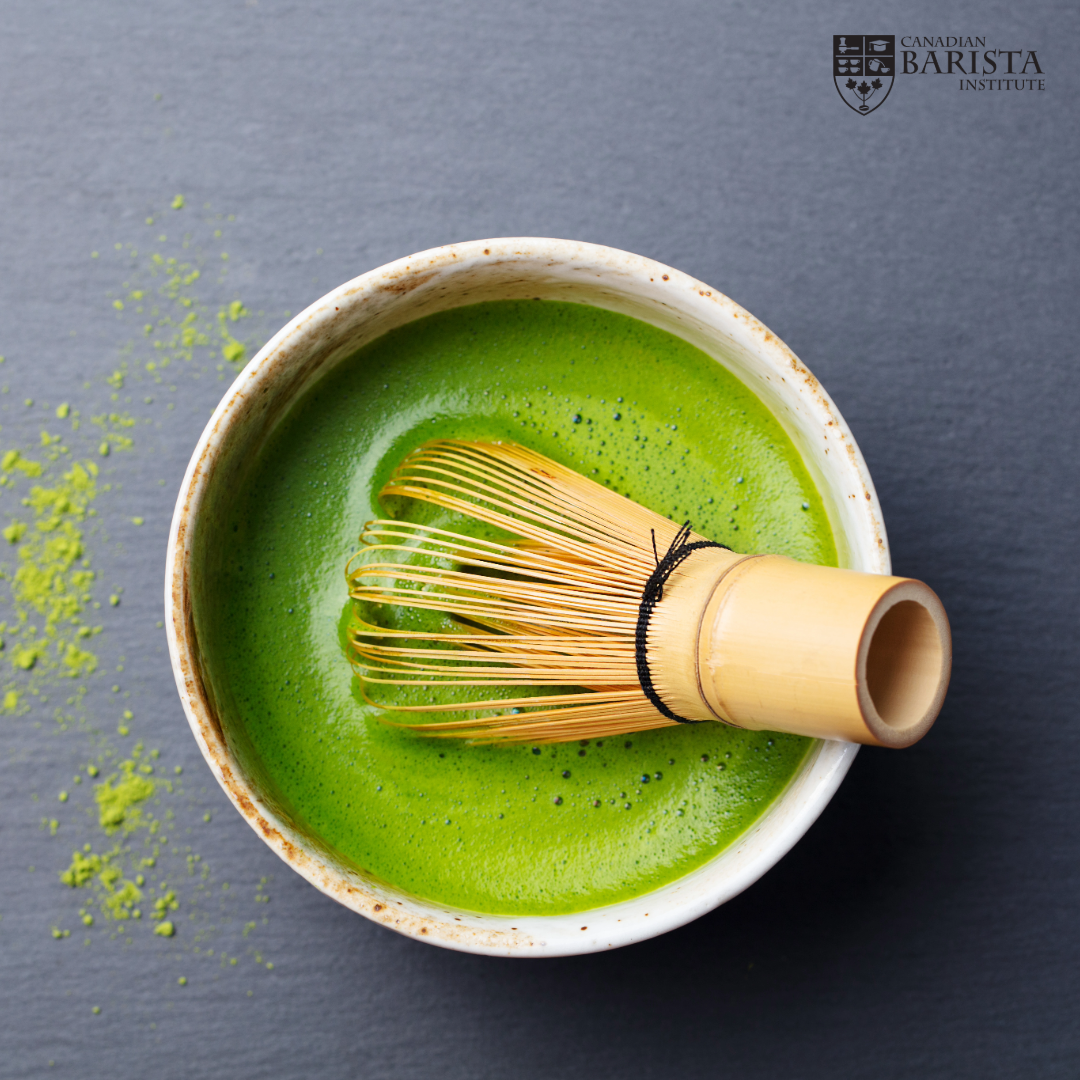Matcha: Instant or Artisanal—and Why Your Cafe Needs It
Matcha is no longer a niche offering; it’s the next big thing in cafes. Its vibrant green hue, health benefits, and Instagram-worthy aesthetic have made it a customer favorite. Add hot water, whisk, and it’s ready in seconds—so why do purists insist it’s not “instant”?
The distinction is often tied to matcha’s origins and preparation. Made by removing the stem and grinding whole green tea leaves into powder, matcha is suspended in water rather than dissolved, much like instant tea powders. Yet, matcha’s cultural roots, frothy whisking ritual, and premium markup elevate it beyond its convenience. This perception of quality makes it incredibly appealing, especially as a high-margin menu item.
But beware: offering low-quality matcha is as big a sin as passing off cheap Halloween chocolate as artisan. Customers know the difference. Sampling known-quality matcha before adding it to your menu ensures authenticity, both in flavor and presentation. There will be customers who know matcha quality intimately—don’t be a matcha poser.
For cafes, not offering matcha—and failing to streamline its preparation—is a missed opportunity. Whether served as a latte, iced, or even in baked goods, matcha’s versatility ensures broad customer appeal. With proper staff training and efficient workflows, it’s easy to make matcha a standout addition to your menu.
Ignoring matcha now isn’t just risky—it’s a missed chance to capitalize on one of the most profitable and popular cafe trends. Customers are demanding matcha, and it’s up to cafes to deliver.
But before you jump all in, there’s another side to the story. Some entrepreneurs see the popularity of matcha and leap straight to opening matcha-only cafés. Yes, you can do it—but should you? That’s another story. We’ve seen this pattern before with cupcakes—remember the craze? For a time they seemed unstoppable, but how many entrepreneurs lost their life savings when the trend cooled?
Matcha-only cafés may work for a while, but trends fade. If matcha sales dip, what’s your Plan B? A sustainable café model depends on more than a single product. The smarter approach is to build around proven menu staples, layering matcha on top as a strong supporting act. If matcha proves to be a long-term hit—perfect, you’ll be ready. But don’t gamble everything on being right about the next big thing.
Also remember: there’s no single “recipe” for matcha success. Your location, your customers, and your preparation style all matter. A well-made matcha should be consistent, balanced, and behave like espresso when mixed in drinks. Whether you’re serving it hot, iced, or baked into desserts, consistency and quality control are what will set you apart.
Bottom line: matcha is hot right now, and ignoring it is a mistake; but the real win comes from integrating it into a well-rounded café menu. A smart café owner takes advantage of the trend while also planning beyond it.



